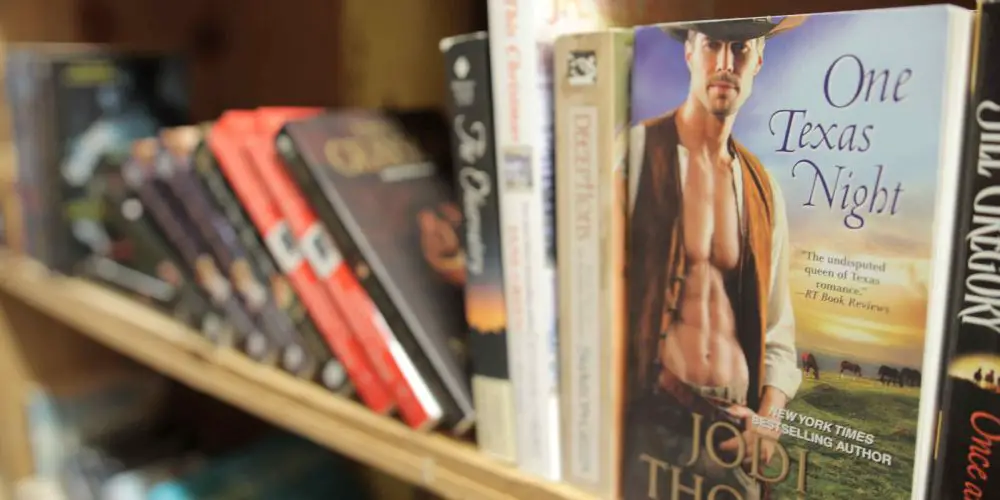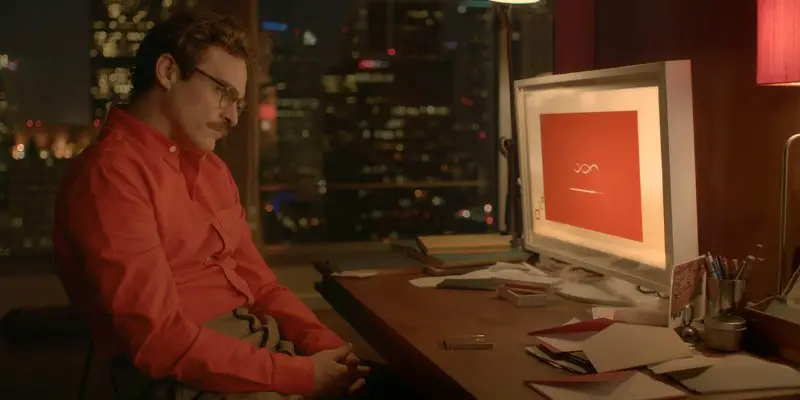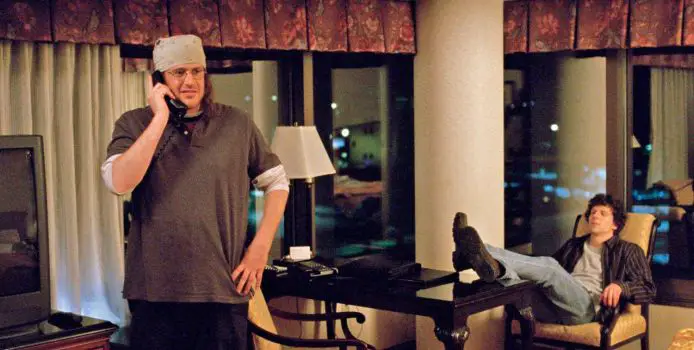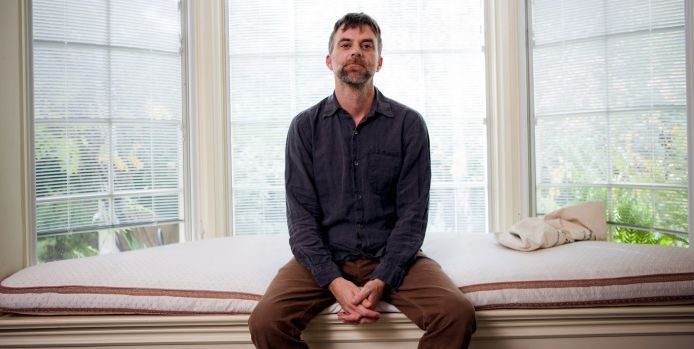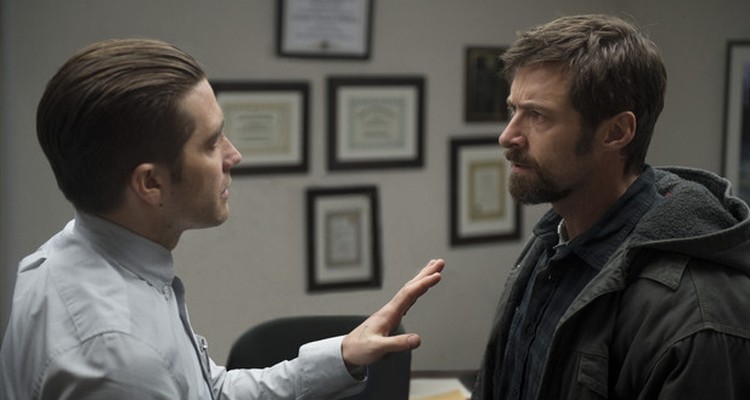writing
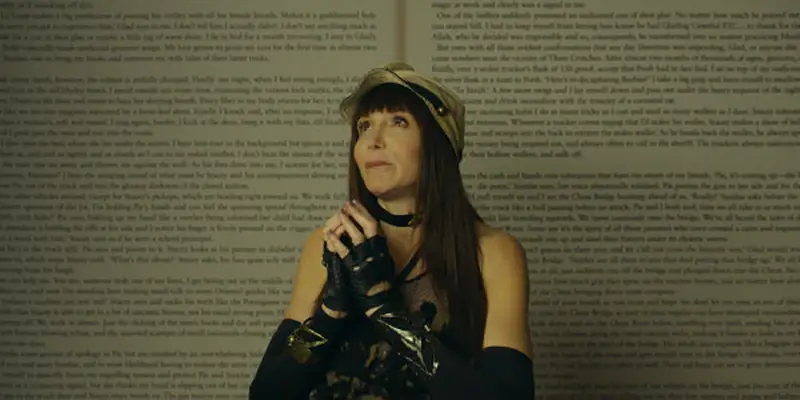
First published in 2000 under the pseudonymn JT LeRoy by author Laura Albert, “Sarah” became a transgressive fiction literary sensation. After holding court with such seminal writers of the sub-genre such as Bruce Benderson and Dennis Cooper, the rising writer of American letters seemed destined for superstardom. Whisked away on the coattails of celebrities impressed with her abilities on the page, Jeremiah “Terminator” LeRoy become the queer it lit boy of a generation.
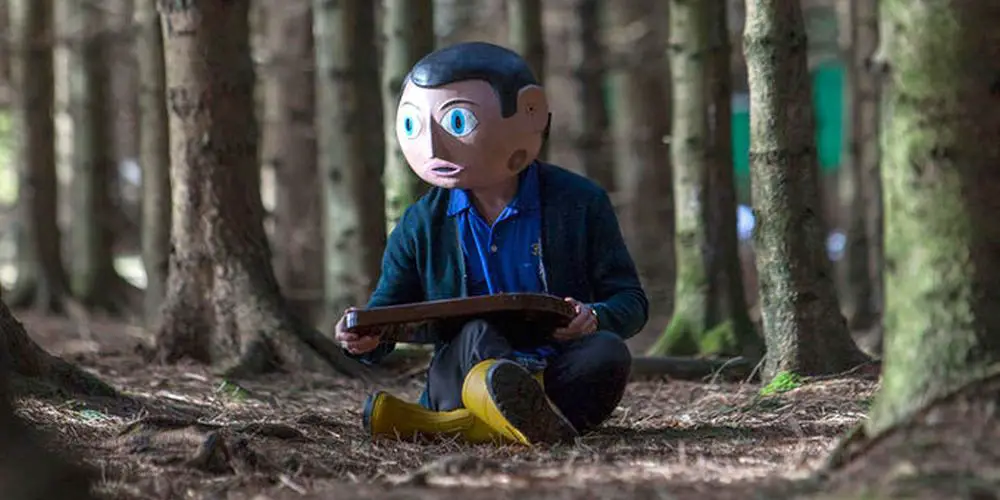
Watching Frank recently, it occurred to me how often the creative process is shown on-screen, and how frequently this process is shown in a hackneyed, unsubtle way. Too often directors attempt to over-romanticise the writing process, and feature endless montages of their artists receiving some form of divine inspiration, as if writing was truly that exciting and easy. Admittedly, showing such a process on-screen is problematic.
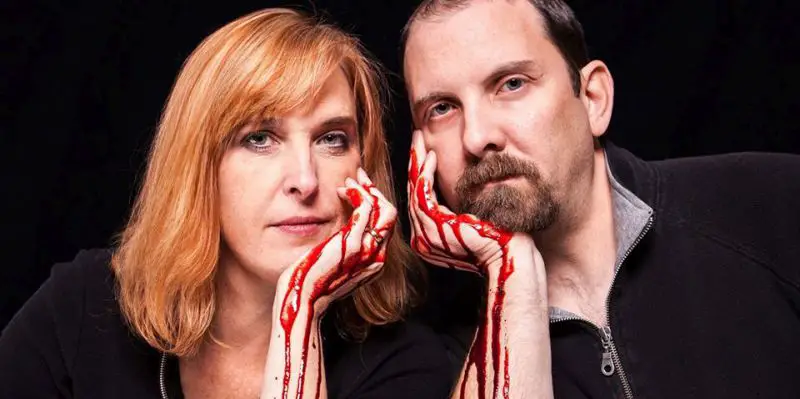
PJ Woodside and her partner, Steve Hudgins at Big Biting Pig Productions in Madisonville, KY are creating quite a stir in the independent horror scene. They’ve put out a film a year for the last decade. Their most recent film, Frances Stein, was recently released on Amazon Prime and has been getting a steady stream of five star reviews.
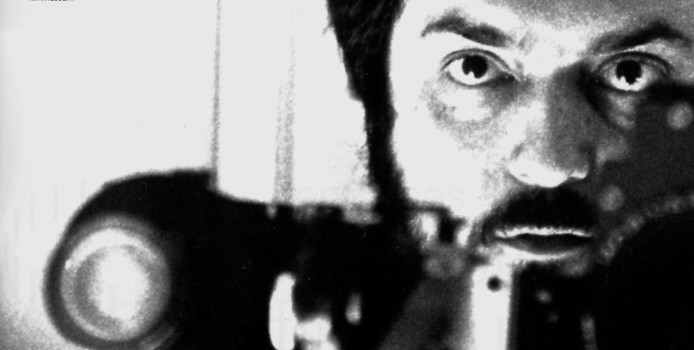
There’s no arguing that if you have even a mild interest in film, you’ve likely heard of Stanley Kubrick. You’ve probably even seen at least one of his films, or, barring that, maybe some of the more famous clips (especially if you’re a film student). So my approach to this “Beginner’s Guide” is to recommend that you forget all that.
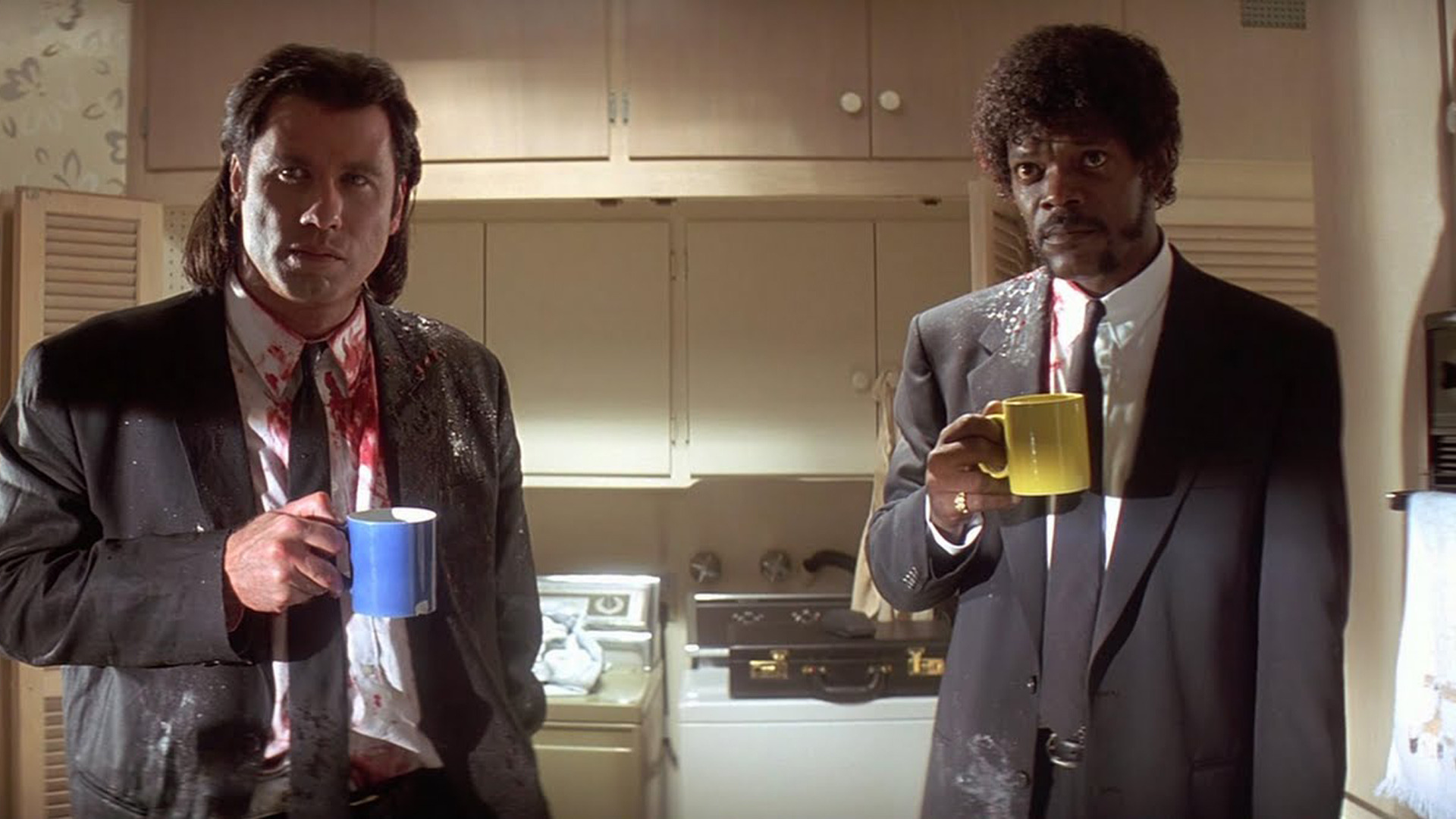
Director Quentin Tarantino has hit our movie screens with violence, gore, action and thrills. His work creates controversy, and it is those controversial aspects that make him stand out as one of the best leading directors in the world of film. With his new film The Hateful Eight scheduled to be released at the end of this year, we cannot wait to see what the quirky director and writer comes up with next.
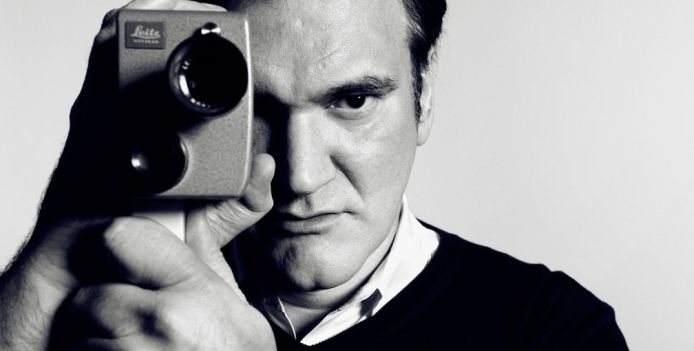
Controversial, unapologetic, and brilliant all at the same time, Quentin Tarantino is one of the most unique directors in film history. Dropping out of high school at age 15 to pursue acting and his love of films by working at a video rental store, Tarantino developed a unique understanding and appreciation for movies that cannot be taught in a formal setting. His films are notorious for gratuitous violence, pop culture references, and extended scenes of dialogue.



